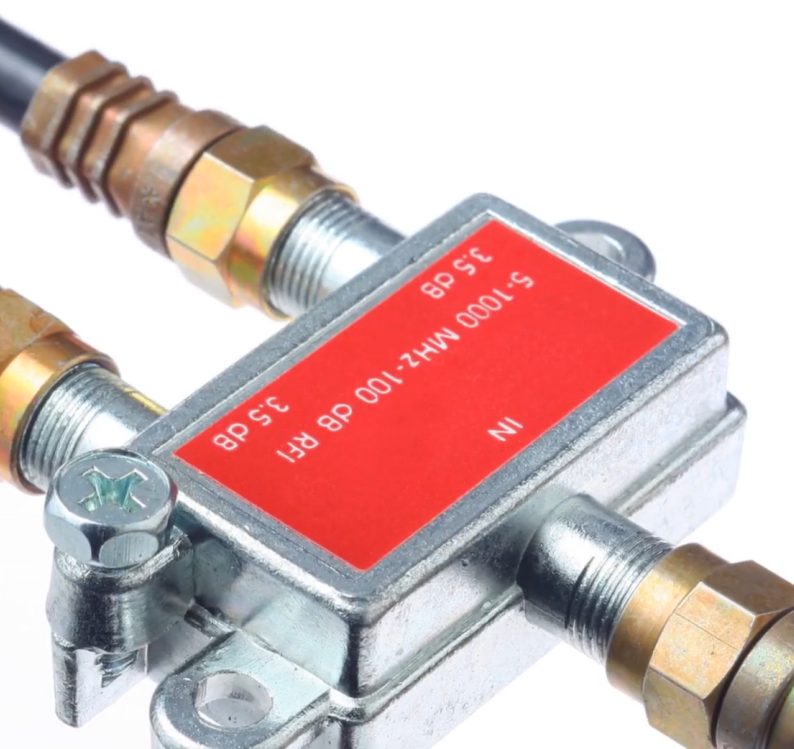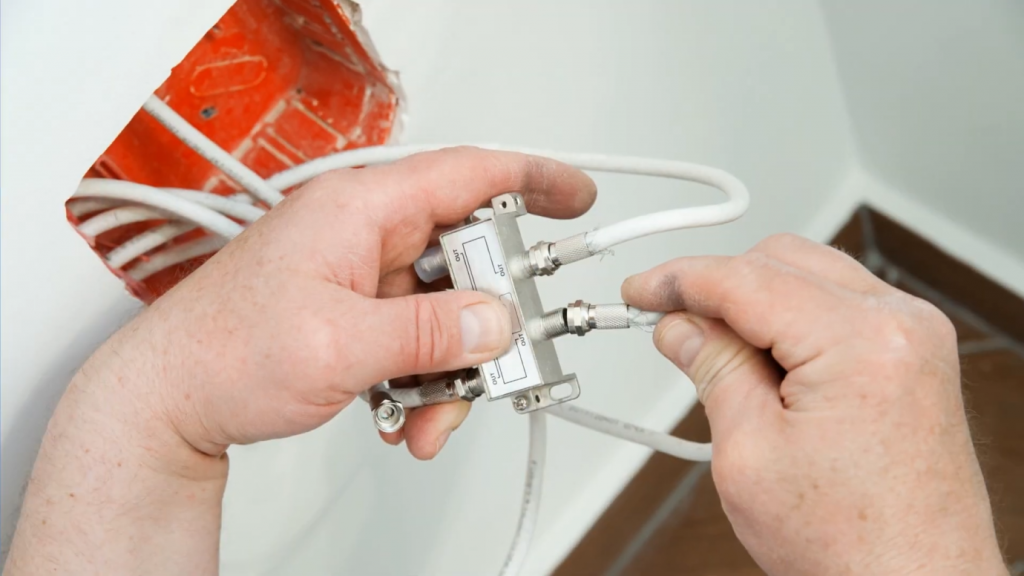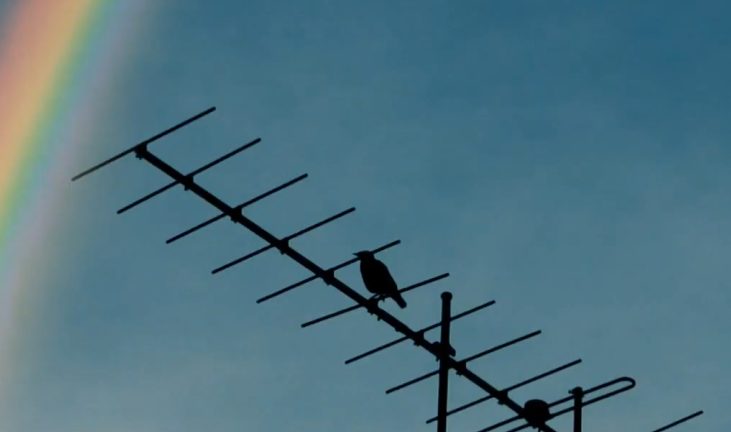TV stations broadcast their signals through different frequencies, and to receive these signals, you need a type of signal antenna that can capture the TV signal. There are various types of antennas available in the market, and the type of antenna you use determines the signal strength and quality you will receive.
If you want to combine two antennas to increase the range of channels and frequencies, you can use a coax splitter cable. The splitter cable is a useful tool in video transmission systems that allows you to branch off a single video feed to multiple sections. In this case, you can use it to switch between channels coming from either of the antennas.
How to Combine Two Antennas Using a Coax Splitter Cable
Stacking antennas can be done either as vertical (antennas combined on the same mast) or horizontal (antennas are combined adjacently) stacking.

You need to keep the combined antennas about 2 to 4 feet apart (one wavelength). It is because the antennas can generate slight interference. (1)
What you Need to Stack Two Antennas
- Two coax cables coming from the TV antennas
- Switch
- One coax cable extending from the splitter
- A television-set
- A second antenna
- Twist locks for securing the stacked containers
Steps to Combine Two Antennas Using a Coax Splitter

- Identify a strategic place to set up your second antenna. Make sure it is at a considerable distance from the first one, at least 2 to 4 feet apart. This is because the antennas can generate slight interference.
- Erect your second antenna.
- Connect the second antenna to the TV.
- Attach the two coaxial cables from each antenna to the splitter or signal combiner. Make sure both coaxial cables are of the same type and length to prevent phase issues.
- Connect the third coaxial cable extending from the splitter to your television-set.
- Ground your second antennae in weatherproof parts to ensure safety and proper functioning. (2)
Useful Facts and Benefits of Combining Two Antennas
- Stacking two or more antennas increases the range of channels and frequencies.
- Stacking antennas enables you to receive channels from the stations in other directions. It is because the second antenna can get stations that are outside your first antenna’s reception range.
- Combining antennas enables you to receive channels that are on another frequency band. Most antennas of modern TVs are dual UHF/VHF bands with the exception of a few. The second antenna picks up the frequencies which the first one cannot.
- Stacking antennas increases the total antenna gain by combining signals that are coming from multiple antennas. It raises the reception quality. However, this is a challenging concept to implement.
- You can use a reverse antenna splitter to stack signals from several antennas. Splitters work well if the antennas have the same frequency band. However, if your antennas have different UHF/VHF bands, use a diplexer instead.
- You should make sure both antenna coaxials have the same length and are of the same type. This will prevent phase issues.
- You may cement it with an amplifier to boost your experience.
Combining antennas enables you to receive channels from stations in other directions outside your first antenna’s reception range. It also allows you to receive channels on another frequency band that your first antenna cannot pick up. Additionally, stacking antennas increases the total antenna gain by combining signals coming from multiple antennas, thus raising reception quality.
However, combining antennas can be a challenging concept to implement, and you need to ensure you have the right equipment and setup. It is essential to use a type of antenna suitable for the signal you want to receive, and you may need an amplifier to boost your experience.
In conclusion, if you want to combine two antennas, you can use a coax splitter cable. By following the step-by-step guide provided, you can stack your antennas either vertically or horizontally to increase your range of channels and frequencies. Remember to use antennas pointing in different directions and use a rotator to aim them towards the stations you want to receive.
Take a look at some of our related articles below.
- TV Antenna that picks up cable channels
- How to connect outdoor antenna to multiple TV
- Best long range TV antenna
References
(1) wavelength – https://www.britannica.com/science/wavelength
(2) weatherproof – https://www.thoughtco.com/which-is-better-weatherproof-or-weather-resistant-4126714
Video References
Long Range Signal

